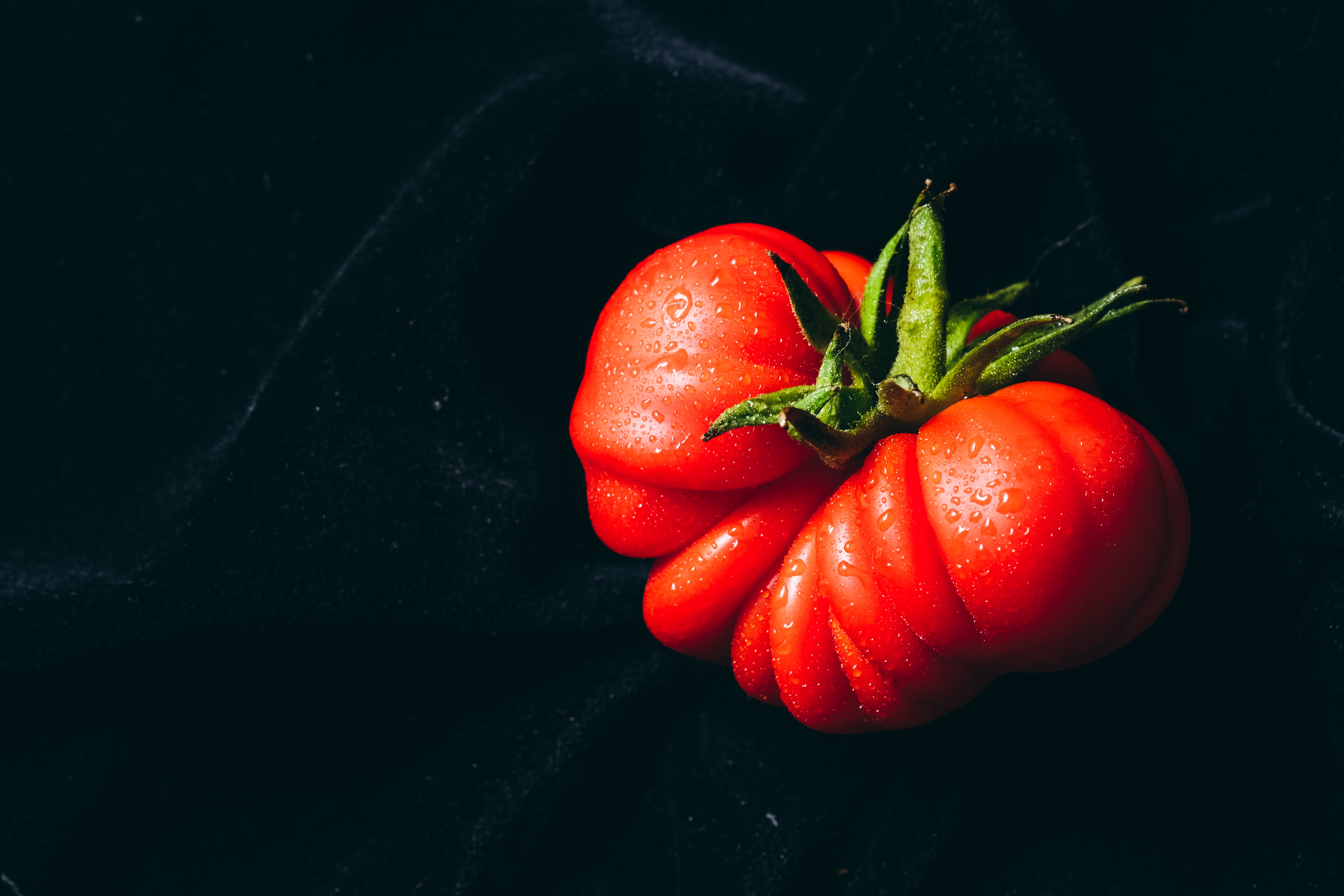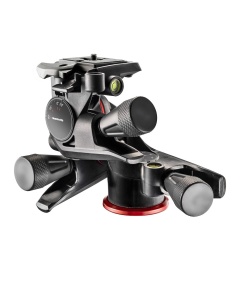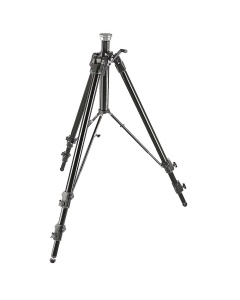An interview with Ania Elias


Ania Elias is a food photographer, grown up in Poland, she is currently living between London and West Berkshire, England. Her passion is documenting the different shapes, textures, colours of food and nature, emphasizing the emotional aspect of what we bring to table.
We spoke to Ania about her story, how she finds the inspiration in her job and how she styles the sets thank to her Manfrotto gear.
Your website doesn’t give much away about how you became a food photographer, can you tell us a bit about your journey?
It was quite simple really. I began by taking lots and lots of pictures of our children when they were little, but it wasn’t until I started to take occasional pictures of food that I discovered what I am really drawn to. Because I have always enjoyed delicious food as well as looking at beautiful pictures, food photography very quickly became my main creative outlet. Starting about five years ago, I became totally obsessed with photographing food. I remember the pure joy of learning, discovering things and creating – and that, in fact, hasn’t changed. Food is one of the most emotional subjects that you can capture and I think that aspect really appealed to me.
When I was starting out, I knew nothing about light, composition, or colour. I didn't have much of a reference point. I didn't know anyone who was working in the field. One of the most rewarding things about being a photographer is looking at your past work and realizing how much you've learned, grown, and evolved – and the best part is that there is still so much to learn!
Who are, or were the photographers that inspired your style and work the most?
I find I’m inspired by different genres and different styles. It’s not just food photography, although there are so many inspiring and extremely talented food photographers out there, like Joanie Simon, Rachel Korinek, Beata Lubas, Laura Edwards, or Darina Kopcoc. I think it’s also important to look outside of your area of expertise and to draw inspiration from as many sources as possible. I’m in awe of Lynsey Addario’s photojournalistic work. I do believe, through her striking and powerful images, that she’s making a big difference with her work and is a huge source of inspiration. I’m also heavily influenced by nature, its colours and textures. I love Andrew Montgomery’s soulful and atmospheric images and beautiful storytelling.
I’m often inspired by bold colours, unique styles, and simplicity that often seems to be overlooked.
Is it difficult to find clients for food photography? What kind of clients do you have, and how do you start those relationships?
My first piece of advice would be to spend some time getting to know your potential client and building a relationship with them. And yes, you do have to reach out to brands and companies a lot, even if it makes you uneasy or uncomfortable. It gets easier over time!
I work with companies and brands, both from UK and abroad, and PR agencies. I either reach them directly or they find me through social channels like Instagram. I’ve worked on a few cookbooks and loved it and that is something I’d like to do more of.
What would you consider the most important accomplishments in your photography career so far?
I feel like I have grown leaps and bounds in my photography journey from where I was a few years ago just by doing a lot of practice. This in itself feels incredibly rewarding to me. However, winning 2nd place this year in the internationally renowned Pink Lady Food Photographer of the Year awards– Cream of the Crop category (and being shortlisted twice in the last two years) was by far the biggest accomplishment for me.


You seem to have a variety of different types of food photography in your portfolio, what subjects do you like photographing best?
My absolute favourite things to shoot are raw ingredients, anything with lots of natural texture. I love to draw inspiration from and capture intricate details of fresh produce in its natural state – it’s an infinite source of fascinating colours, shapes, textures and patterns.
How important are the styling elements in your shoots? Do you always work alone on this?
The process of food styling starts long before you plate up a dish in front of the camera. You have to source the freshest and best-looking ingredients and you have to really understand every type of food at almost every stage, from frozen to cooked, etc. Different types of food all need to be managed differently and I really enjoy styling my sets, as much as photographing them. No shoot is ever the same. You become the artist by thinking about colour combinations, textures, and shapes, and by choosing the right type of props and backdrops that complement your subject in the best way possible. You tell a story by creating a certain mood and composition with the tools that you have at your disposal. It’s also important to become a little obsessive about details.
As a Manfrotto Ambassador and Contributor, do you remember when you first used a Manfrotto product? And why did the Manfrotto range of products become a part of your everyday workflow?
I have my husband to thank for introducing me to Manfrotto product range. When I was starting my food photography journey, and before I owned my own tripod, I would often borrow a tripod from my husband, who is a keen photographer himself. It was one of Manfrotto’s 055 Collection and I was very impressed with how reliable it was. I now mostly use the
. The first time I tried it, I instantly knew it was a keeper. Not only is it stronger and more stable than its aluminium counterparts, but it’s also lighter, making it easier to transport within the studio and in the field. It’s also extremely rigid and I love the Quick Power Lock levers for the leg sections, it makes assembly incredibly speedy! The tripod head that I use - the
- is a beautifully compact, precise and reliable 3-way head. The combination of levers and micrometric knobs allows you to adjust your camera’s position quickly, and with very high precision which often makes all the difference in food photography. The whole thing is a piece of art, if you ask me – it looks good and is a pleasure to use. I now have my eyes set on Manfrotto’s tallest tripod, The
. I’m excited to think about the possibilities that this tripod will open up for me.
Over the years I’ve learned to appreciate how reliable the Manfrotto products are and I know that, given the right care, they can keep on performing for years to come. Other pieces of Manfrotto equipment that I use on a daily basis are
– so compact and incredibly lightweight; the
(MAN-143A) that I often use in combination with
, as well as collapsible reflectors and diffusers of various sizes.






























